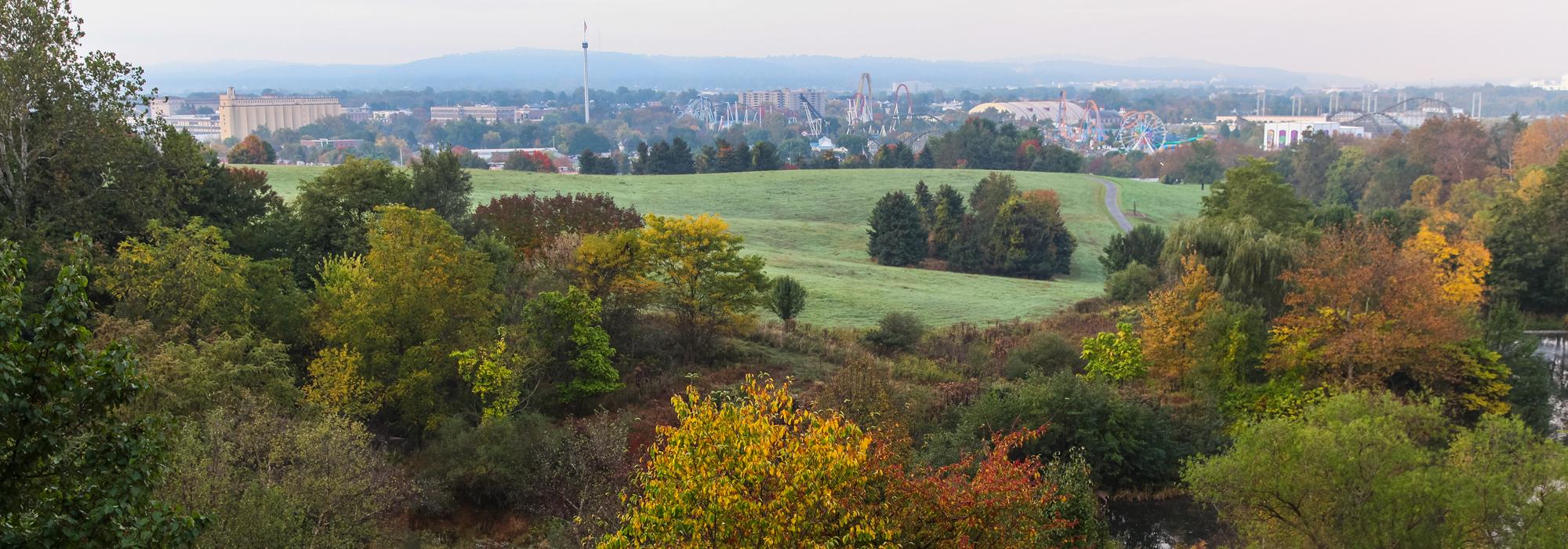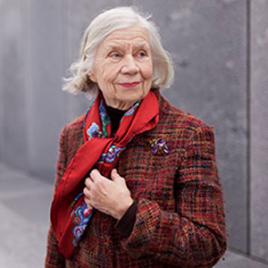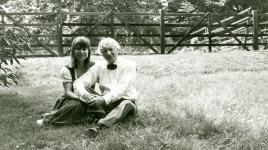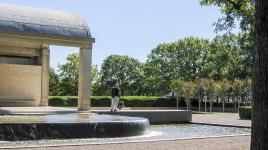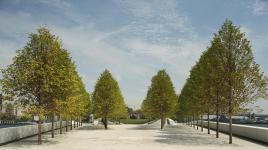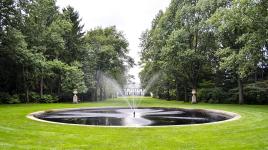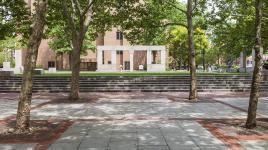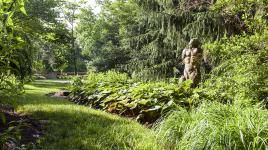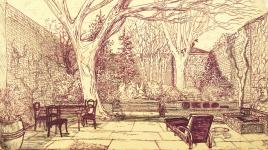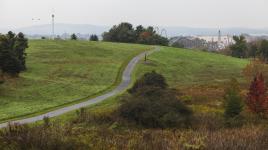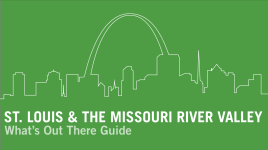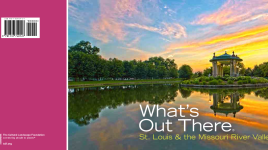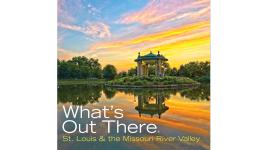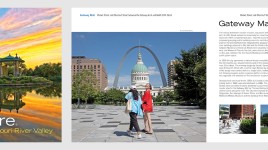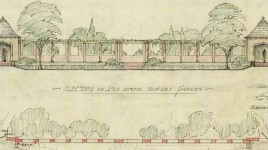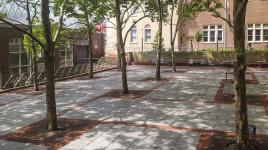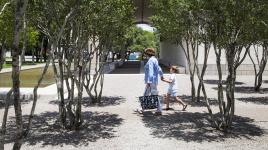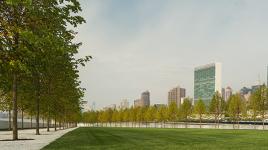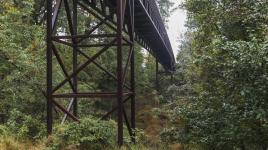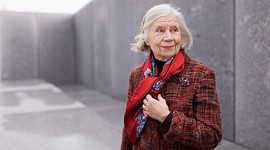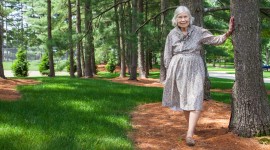Pioneer Information
Born in Chicago, Illinois, Pattison earned her B.A. from the University of Chicago. Graduating in 1951, she enrolled at Yale University’s School of Drama where she studied acting. While living abroad in Florence during her final year she explored the art and gardens of Europe. She continued to expose herself to the varied arts, and, gifted with a diverse set of interests, worked in film, studied landscape painting, and took graduate courses in philosophy at the University of Edinburgh before settling in Philadelphia to study piano with Edith Braun. There, in 1958, she met architect Louis Kahn. Kahn played an instrumental role in Pattison’s life, encouraging her studies in landscape architecture and fathering her son Nathaniel in 1962.
In 1963 Pattison began a year-and-a-half-long apprenticeship in the Vermont office of Dan Kiley then enrolled in the landscape architecture program at the University of Pennsylvania’s School of Fine Arts. She launched her career in the office of George Erwin Patton, where she worked until 1970. There she collaborated with Kahn on the design for the grounds of the Kimbell Art Museum in Fort Worth, Texas, then later, the Franklin Delano Roosevelt memorial in New York’s Four Freedoms Park. After Kahn’s sudden death in 1974, Pattison opened her own landscape architectural practice while still collaborating with Patton on occasional projects. Her broad-ranging oeuvre includes the master plan for the Hershey Food Corporation’s Pennsylvania headquarters. Pattison authored the essay Maine Landscapes: Design and Planning on the work of her role-model Beatrix Farrand, who similarly paved the way for women in landscape architecture. In 2016 she was inducted as a Fellow of the American Society of Landscape Architects. In October 2020, during the height of Covid, Harriet published, "Our Days Are Like Full Years: A Memoir with Letters from Louis Kahn."



